Buckingham Palace, standing as an emblem of regality and grandeur, is more than just a residence – it is a symbol of the British monarchy’s rich history and enduring traditions. Located in the heart of London, this iconic palace serves as the official residence and administrative headquarters of the reigning monarch, making it an integral part of the United Kingdom’s royal narrative.
Architectural Majesty
The architectural splendor of Buckingham Palace is a testament to the craftsmanship of its builders. Originally constructed in 1703 as Buckingham House for the Duke of Buckingham, it was later acquired by King George III in 1761. The palace underwent several expansions and renovations over the years, culminating in the magnificent structure we see today. The facade’s neoclassical design, adorned with Corinthian columns and iconic balcony, reflects a timeless elegance that befits its royal occupants.
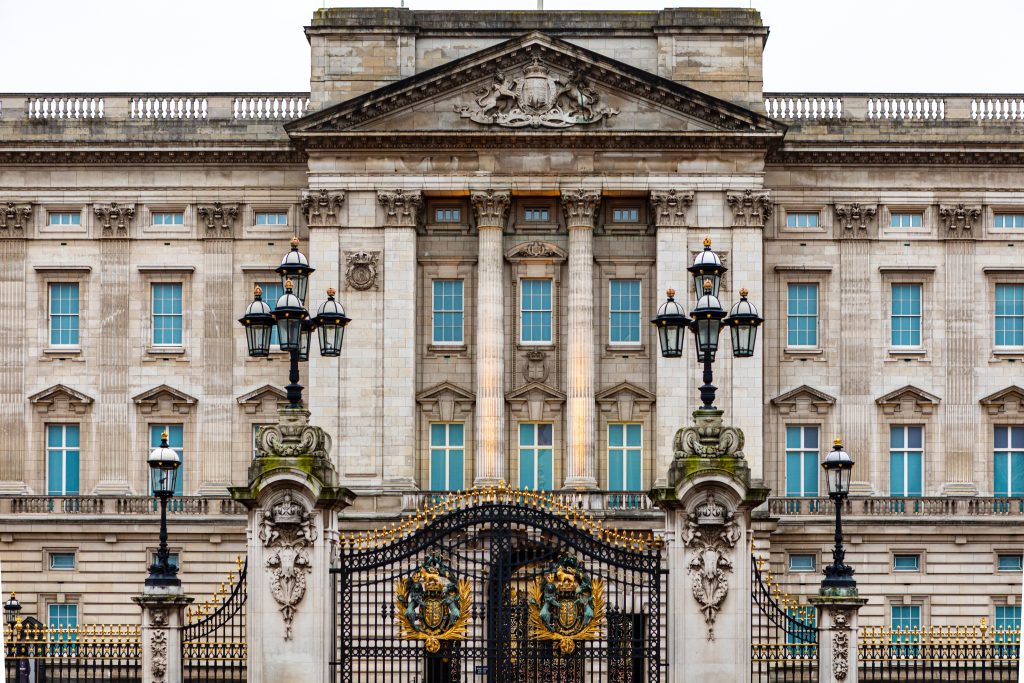
Royal Residence and Ceremonial Venue
Beyond its role as a residence, Buckingham Palace serves as a central stage for various national ceremonies and events. The Changing of the Guard, a ceremonial display of precision and tradition, takes place at the palace’s forecourt and attracts visitors from around the world. The balcony of Buckingham Palace has witnessed historic moments, including royal weddings and appearances that have become ingrained in the collective memory of the British people.
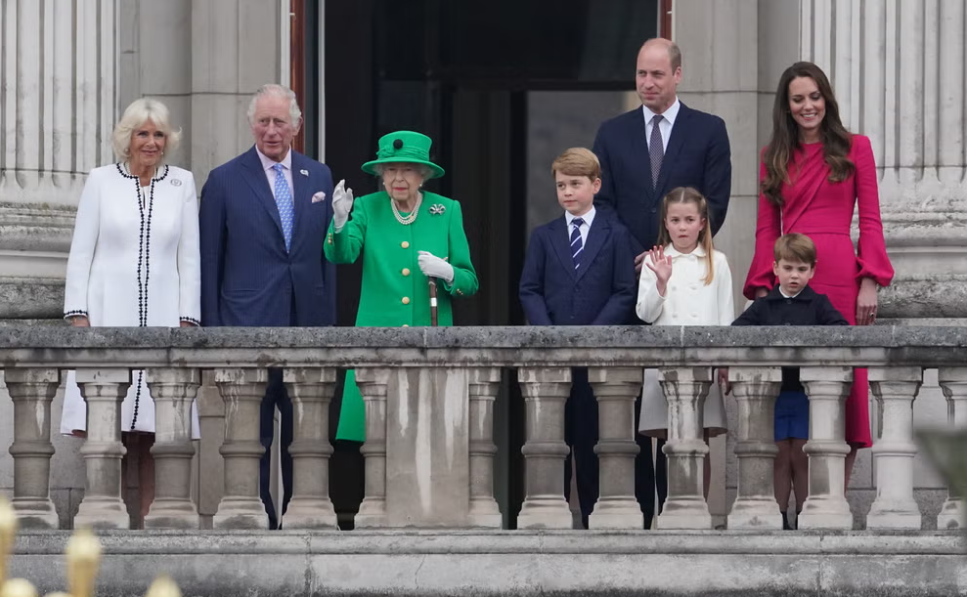
The State Rooms and Royal Collections
While the majority of Buckingham Palace is reserved for official functions and the private use of the royal family, a portion of the palace is open to the public during the summer months. The State Rooms, adorned with priceless artworks and opulent furnishings, offer visitors a glimpse into the regal lifestyle. The Royal Collection, housed within the palace, showcases an extensive array of art, furniture, and artifacts that span centuries of royal patronage.
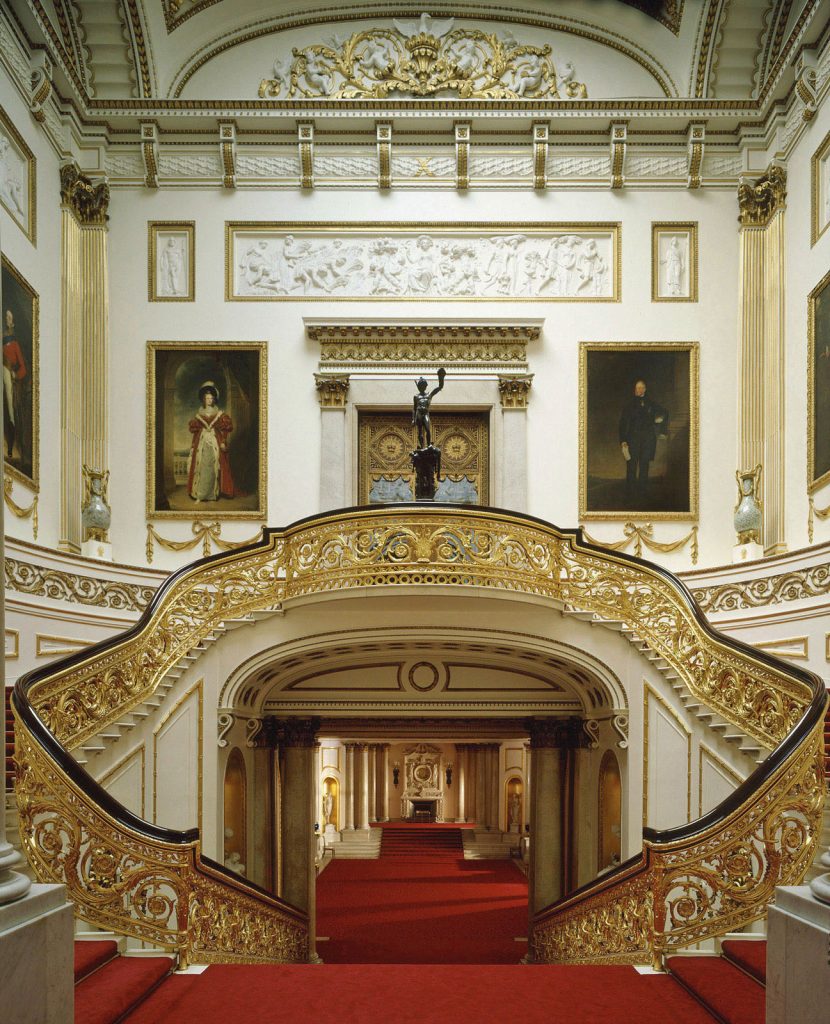
Gardens and Green Spaces
The expansive gardens surrounding Buckingham Palace provide a tranquil oasis amidst the bustling city of London. The beautifully landscaped gardens, with their manicured lawns and colorful flowerbeds, serve as a private retreat for the royal family. During the annual summer opening, visitors have the opportunity to explore this verdant haven and appreciate the careful cultivation that enhances the palace’s allure.
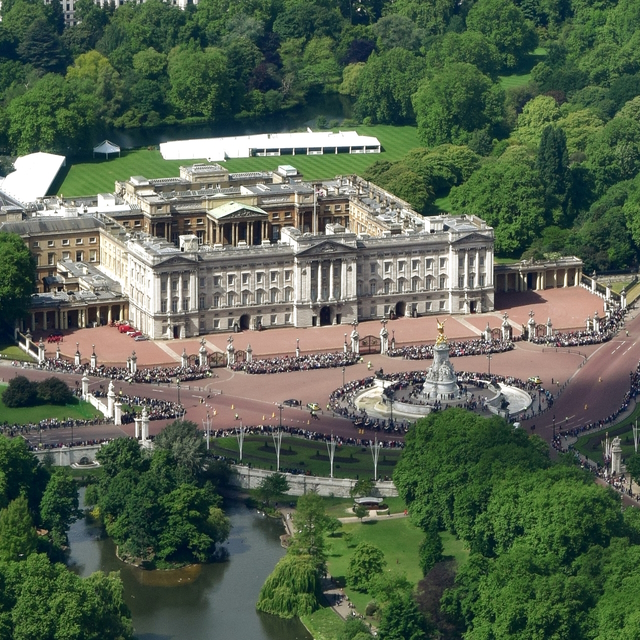
Cultural Significance and Global Recognition
Buckingham Palace stands not only as a physical residence but also as a symbol of continuity and tradition. Its role in state occasions, diplomatic events, and as a focal point during times of celebration or mourning underscores its cultural significance. The palace’s global recognition makes it a must-visit destination for tourists eager to witness the splendor of British royalty and immerse themselves in the pageantry that surrounds Buckingham Palace.
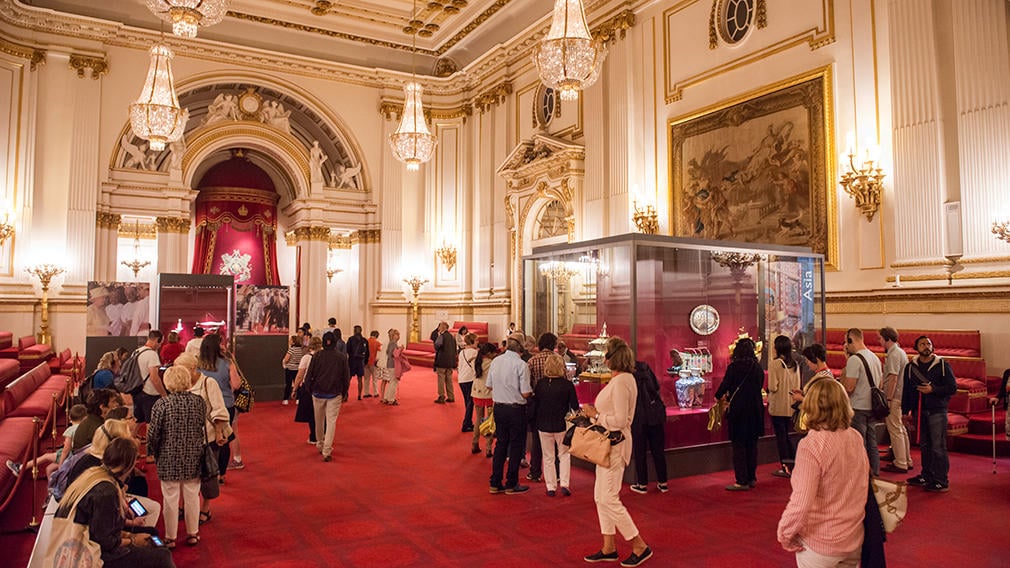
Buckingham Palace stands as a living testament to the enduring legacy of the British monarchy. With its architectural magnificence, historical resonance, and cultural significance, it remains an integral part of the United Kingdom’s identity. As a residence, ceremonial venue, and cultural treasure, Buckingham Palace continues to captivate the world, inviting both locals and visitors to witness the grandeur and tradition woven into its stately walls.

